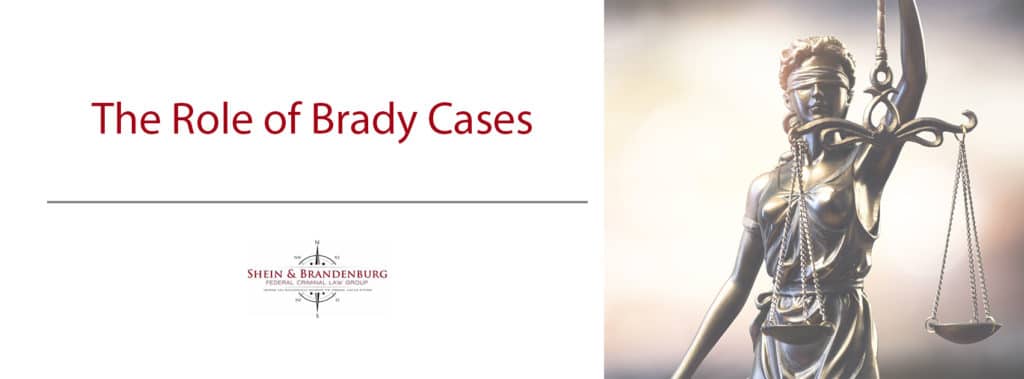Criminal cases in the United States frequently involve one side carrying the burden of presenting evidence in support of its argument before a decider of fact like a judge or jury. One noticeable exception to this structure exists in the case of Brady v. Maryland, which is why people who are interested in federal criminal appeals should understand the rules of this case and its application in deciding future court cases.
The Court’s Decision in Brady
In the Brady case, the Supreme Court ruled that the due process clause requires the prosecution to turn over all evidence that is exculpatory or favorable to the defendant. The Supreme Court in later cases defined the exact boundary and scope of this case, which resulted in the court finding that prosecutors are required to hand in evidence to the court that directly exonerates a person as well as evidence that weakens the prosecution’s case. If the prosecution fails to obey these requirements, they can be charged with a Brady violation which can result in a conviction being vacated or disciplinary actions being taken against the prosecution.
The Requirements of a Brady Case
There are several elements that must be satisfied to establish a Brady violation. First, the prosecution must have suppressed evidence, which means that it must not have been turned over to the defense. Second, the suppressed evidence must have been favorable in nature, which means that it would have assisted the defense. Third, the suppressed evidence must have material, which means that reasonable probability must exist that if the evidence had been turned over to the defense, the case’s outcome would have been different.
It is difficult to determine what compliance with the Brady rule involves. In many cases, the federal court system or the state prosecutor’s office will provide written manuals about what must be done to satisfy Brady rules. In rare cases, the prosecution will identify a particular document or piece of evidence as Brady material. As a result, the defense attorney is often required to review any discovery material to make sure that the Brady rule was not violated.
Brady Cases versus Giglio Cases
Many federal prosecutors draw a similarity between Brady and Giglio evidence. Giglio evidence is a type of Brady evidence and involves evidence that impeaches prosecution witnesses. In some cases, evidence that a prosecution witness was offered immunity or any other type of benefit might also be classified as Giglio evidence.
The Common Occurrence of Brady Cases
Many prosecutors make a conscious effort of complying with Brady regulations. Unfortunately, Brady violations are a common occurrence in the federal criminal system. There are several reasons why Brady violations occur often. Most often these violations occur because there is an unsettled area of law concerning whether the significance of a role that evidence will play at trial (or “materiality”) is a condition before disclosing evidence. While some courts require all favorable evidence to be disclosed, other courts require materiality.
In many cases, Brady violations are not noticed until the case has concluded. In these cases, a defendant will be required to file a post-conviction motion for the conviction to be vacated on the basis of the evidence. In other cases, concerns about Brady arise before trial when the parties are in the process of discovery. In these cases, courts will often examine the evidence to determine whether it must be disclosed. This decision will result in either the evidence being turned over to defense or the evidence remaining sealed with the court and only available in case of appeal.
Contact a Criminal Defense Attorney Today
As a result, Brady cases often involve a complex series of decisions. To properly argue a Brady case, it is often vital for defense counsel to show that evidence was withheld as well as explain why that evidence was important to the case. Contact the legal team at the Federal Criminal Law Center today for assistance.


